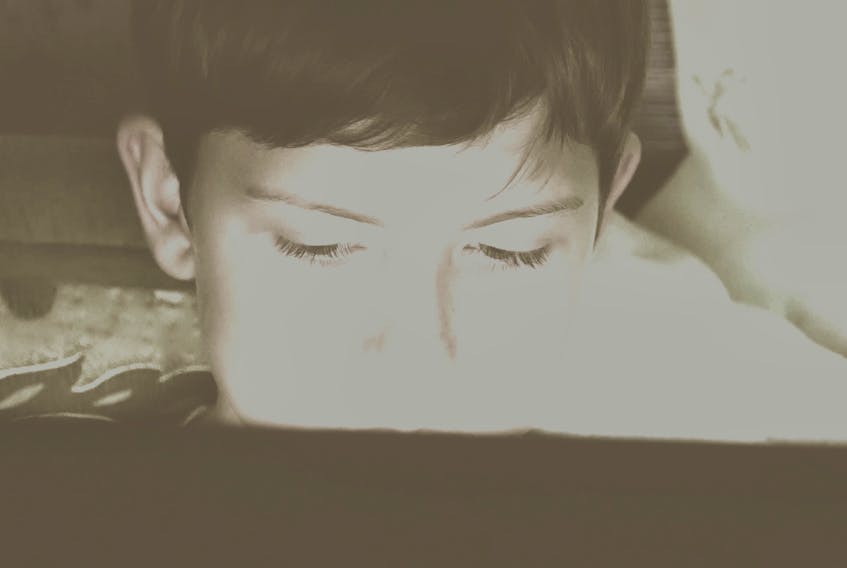Lots of kids love the thrill of a dare, the chance to test their mettle in front of their friends, whether it’s kissing a frog, being willing to taste something disgusting or seeing who can run fastest or hold their breath longest.

Feats of endurance are the stuff of childhood memories, but some are more dangerous than children realize.
I was disturbed to read a Canadian Press article recently about an activity I had never heard of being practised by children.
It’s being linked to the recent death of a 13-year-old New Brunswick boy. It’s called the “choking game,” “the pass out game,” “space monkey” or “flatliner,” and appears to be most popular among youth ages nine to 16.
It involves putting your hands around someone’s neck and applying pressure until they experience a type of high as their brain is temporarily deprived of oxygen.
In New Brunswick, the boy’s death was announced by that province’s Child Death Review Committee, which provided no other detail, but recommended children be educated about the potentially deadly activity.
The Canadian Press reported on July 30: “New Brunswick authorities say the teen died of asphyxia as a result of neck compression in what the coroner ruled was an accident.”
The CP story said that after a child died in New Jersey in a similar incident, a school superintendent in that state described possible “physical and emotional signs, including bloodshot eyes, mood swings, disorientation after periods of solitude and bruising around the neck. Knots left in neckties, belts and ropes are also red flags…”
It’s horrifying to think about, but knowledge is power and power can lead to prevention.
Search for information about the choking game online and you’ll find articles detailing fatal and near fatal incidents in Canada, the United States and many other countries.
There are also how-to videos, prompting fresh concerns that what was once done as a two-or-more person activity is now being carried out by children alone in their rooms.
Time’s Melissa Chan reported in March 2018, “Now, with millions of how-to videos on asphyxiation only a finger’s tap away, kids are more likely to play the so-called game alone, choking themselves in their bedroom with their own belts and shoelaces, advocates say.”
In researching this phenomenon, I read many stories of parents’ grief and horror in discovering their child dead or with brain damage as a result of this activity.
In 2015, the CBC reported the story of Calgary parents who lost their 11-year-old son, Bryce, to the game.
They had never even heard of it until the mother, Kerri Workman, found the boy dead. She and her husband later learned he’d watched a video about it.
The CBC quoted Dr. Andrew MacNab, a Vancouver pediatrician: “The problem now is that the activities have become more extreme, and worst of all they have become competitive in nature, and children now practice them as a solitary activity, which is when most fatalities occur.”
None of this is meant to be fearmongering.
But if the number of parents interviewed who had no idea the game even existed until their child was irreparably harmed or worse is any indication, more education is needed, for children and adults. Advocates want the deaths from choking tracked and the statistics reported, and they want doctors, teachers and parents to know the dangers and spread awareness.
Children with developing brains aren’t always capable of weighing the risks of dangerous behaviour, but their parents are, and they need to know this is happening.
I have heard anecdotally that the game was played here in the not too distant past. Our province is no more immune from trends than anywhere else, thanks to the internet.
Of the four provincial health authorities I contacted, three replied. Eastern Health, Central Health and Labrador-Grenfell Health say they have had no reports of children being harmed through such activity. The same goes for the Royal Newfoundland Constabulary and the Office of the Child and Youth Advocate.
I hope it stays that way.
Related link: Games Adolescents Shouldn’t Play (G.A.S.P.)
Pam Frampton is a columnist whose work is published in The Western Star and The Telegram. Email [email protected]. Twitter: pam_frampton
•••
Recent columns by this author









